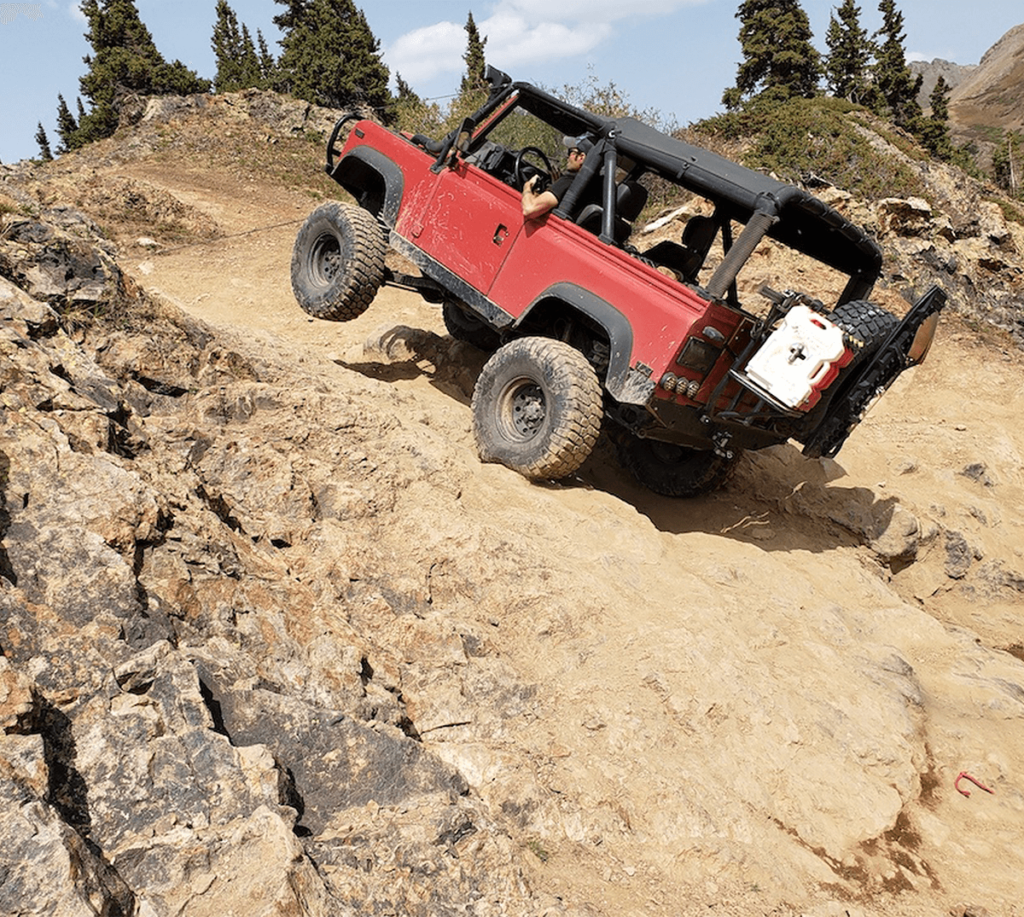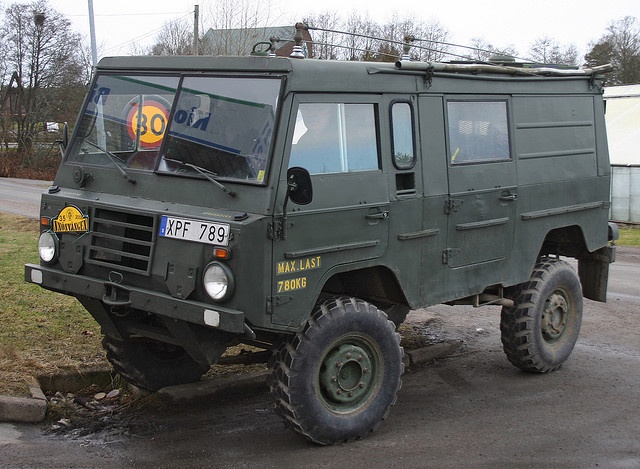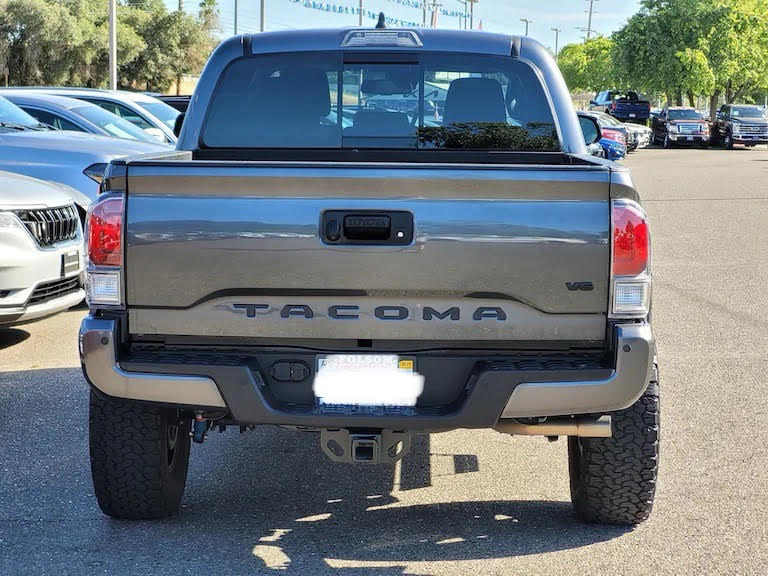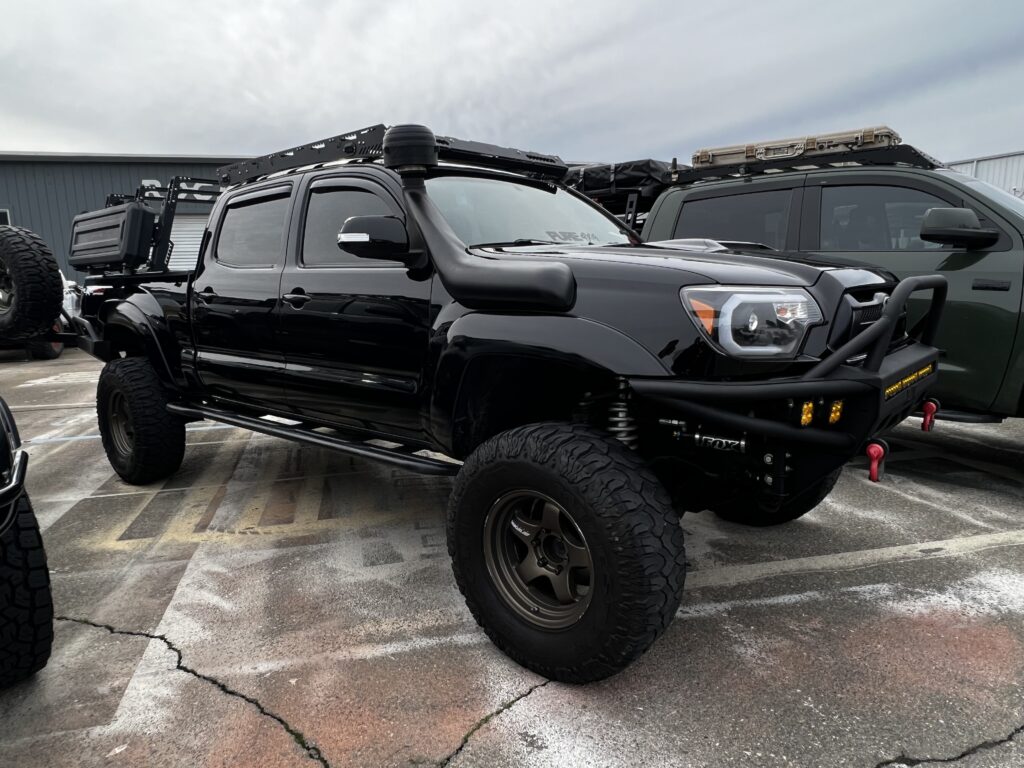
The concept of taking a vehicle off the beaten path and onto trails that lead to areas you’ve not explored yet is nothing new. As soon as the first vehicles became available, owners were looking for ways to maximize their capabilities to go places they had yet to see. But the actual concept of Four-Wheel Drive was not originally designed and developed for recreational use.
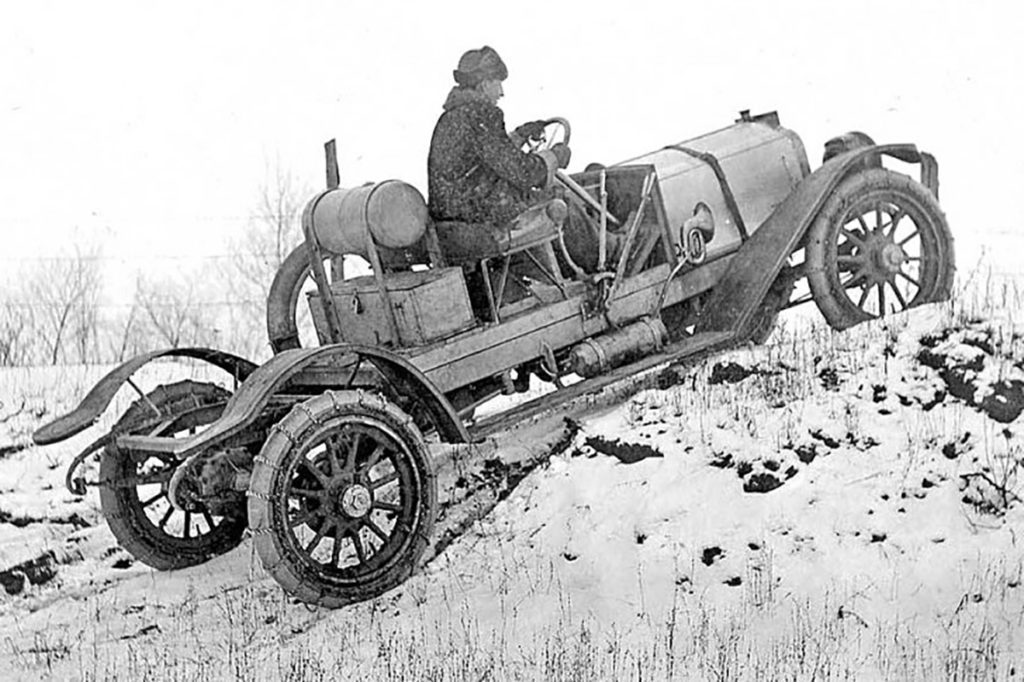
Four-Wheel Drive, the wheel power layout that makes it possible to really go anywhere a driver wants to go, was initially introduced in 1893. British Engineer Bramah Joseph Diplock saw the ownership and use of personal vehicles increase exponentially and wanted to create a vehicle that reduced the amount of damage that was occurring on public roadways. Intended for use on a steam powered locomotive style land vehicle and utilizing a Pedrail Wheel setup, Diplock’s Four-Wheel Drive idea was the precursor to the systems we use today.
There were a lot of “firsts” with Diplock’s designs. Not only had he figured out a way to engage all four wheels of a vehicle at the same time to maximize traction on uneven roadways, he also inadvertently created the first “air down” system, albeit not exactly on an air-filled wheel system. The Pedrail Wheel system was a bit of genius in the drive towards maximizing traction while minimizing ground pressure. The more wheel that is in contact with the ground, the less ground pressure there is because the weight is more spread out.
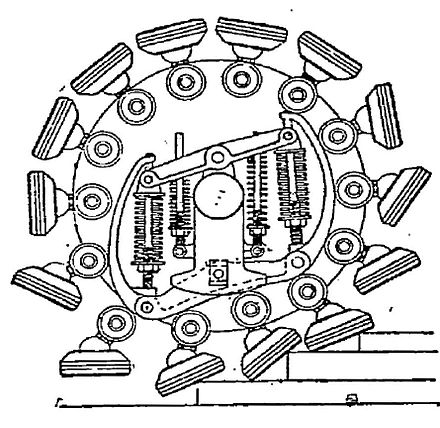
Utilizing a set of “feet” that were arranged around a large wheel and attached to pivots and a series of springs inside of the wheel, the feet were forced outward by the springs effectively causing a greater number of feet to be in contact with the ground, thereby limiting ground pressure. It’s basically the same concept used today in air-filled tires, with the idea being that deflating the tire creates a larger contact patch. And while there are some obvious concerns with this type of design, it absolutely laid the groundwork (pun intended) for future concepts of a Four-Wheel Drive system to be much more effective.
In 1899, Ferdinand Porsche (yes, the same Ferdinand Porsche that would build a company that produces some of the finest sports cars in the world) designed and built the world’s first gasoline-electric hybrid motor. Sorry, Prius, Porsche did it first, as did several others. The Lohner-Porsche Mixte Hybrid was not only the world’s first Hybrid motorcar but was also the first four-wheel drive vehicle not powered by steam. Although it was designed to be a strictly road going vehicle and not meant for adventuring beyond the confines of compacted dirt or asphalt, its four-wheel drive status makes it relevant to our story.
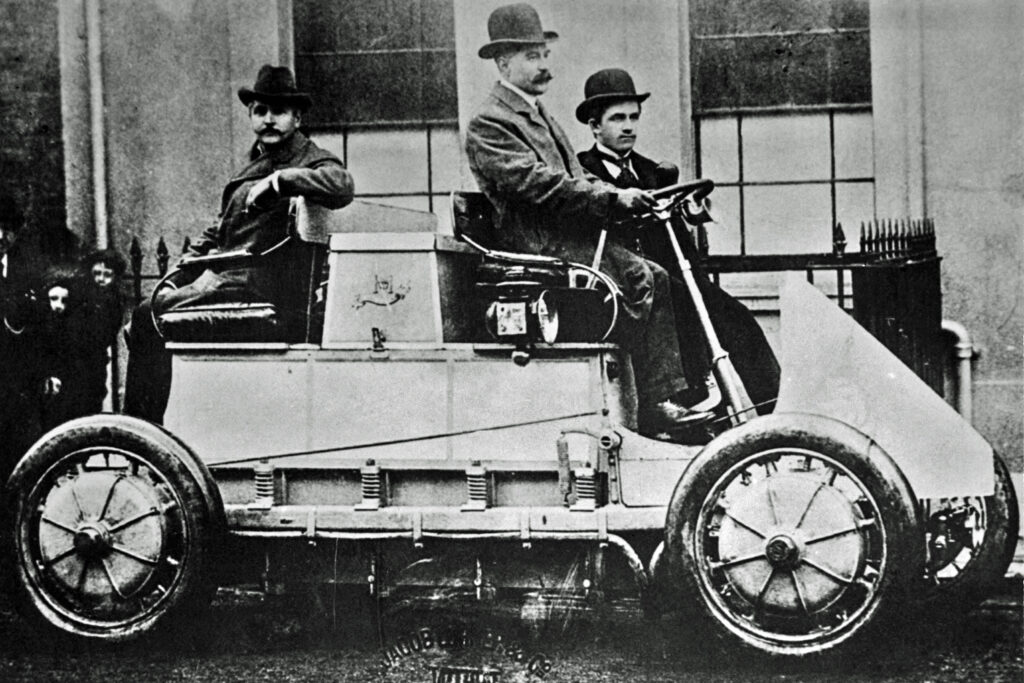
The first “real” four-wheel drive, front engine gas powered vehicle wasn’t behind Diplock or Porsche by more than a few years. The Dutch-made Spyker 60 H.P. was built by brothers Jacobus and Hendrik-Jan Spijker in 1903 as a four-wheel drive racecar for that year’s Paris to Madrid race, and later raced in hill climbs before finally retiring to the museum life. But what does any of this have to do with your offroad adventure?

Progression of any kind always comes after years of research and development, trials and testing, and finally a product worth talking about. The rigs that we take to the trails that we enjoy all came from this constant increase of making things better and better. Diplock’s Pedrail Wheel might have been a bit far-fetched, but the concept was very viable for the drive layouts we use today and has allowed for the introduction and progression of modern-day suspension systems, proper wheel and tire combinations, the necessity of beefy axles, lockers, traction modes…the list goes on and on and continues to grow.
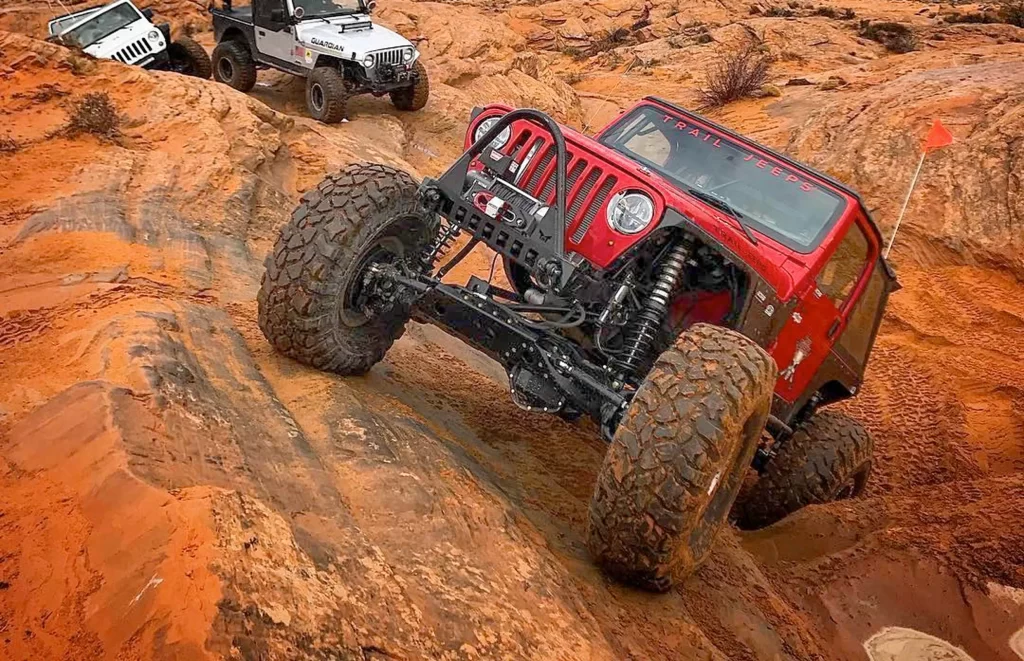
There are far more pros than cons that come from buying/owning a 4×4 vehicle. While it’s true that four-wheel drive vehicles weigh more, use more fuel, and cost more than their two-wheel drive counterparts, what you get is a much safer, more capable, and more rugged vehicle. The added weight can help the vehicle maintain control in inclement weather situations, the driver typically has more ground clearance and sits higher than most two-wheel drive cars or trucks, and towing rated trailers is a safer proposition. Of course, 4×4 is not for everybody, but when you really need to get into or get out of a location, the knowledge that your vehicle is equipped to get the job done is a relief.Today, you can go to your local automotive dealer of choice and pick up a new or used 4×4 and hit the trail on your way back home. And while not every single vehicle manufacturer makes a trail-ready fun toy for your offroading pleasure, just about every dealer out there at least has used 4×4 trucks or SUVs ready for a trek; the trick is finding the right fit for your adventures. After that, it just becomes a matter of learning the use and capabilities of your new offroad rig.
